Hoyas: Say A-hoy To Low-Maintenance!
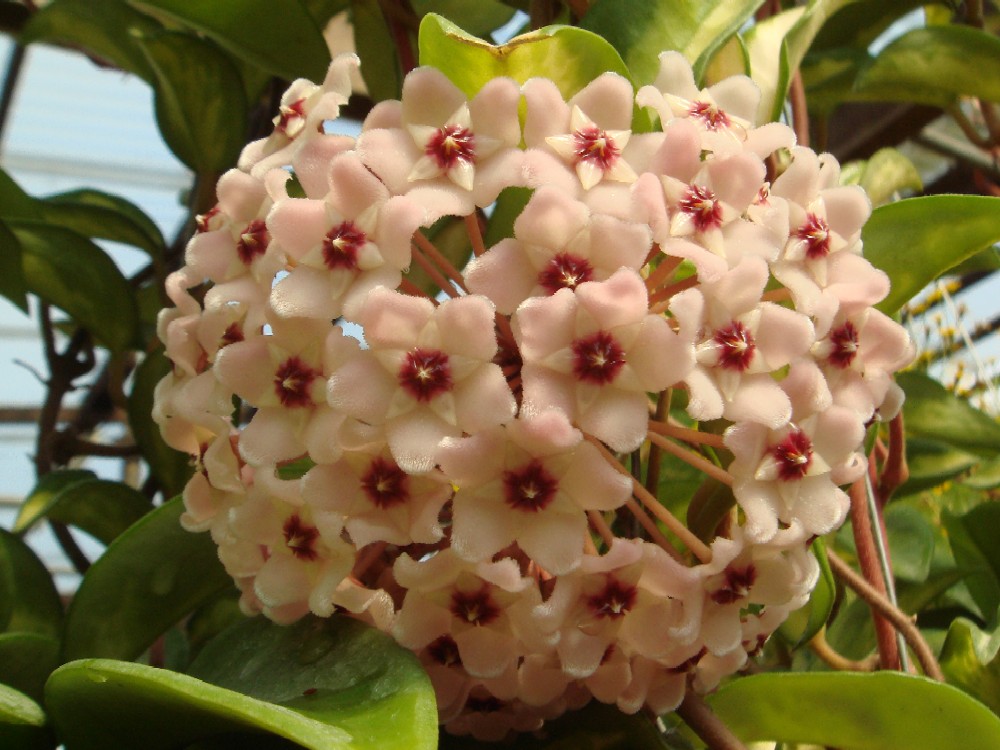
Hoya carnosa 'Tricolor' is a cultivar with variegated leaves that are randomly splashed with white and pink against the usual green background.
It is increasingly difficult for busy urbanites to spare a few minutes to indulge in gardening activities.For many of us, an ideal green companion would be one that requires little care, looks good, and produces fragrant and colourful flowers. This wish list may seem too much to ask for, but there is a group of plants from the genus Hoya that can fulfill it – and more.
The genus Hoya consists of a group of about 300 species of tropical plants that belong to the milkweed family, Asclepiadaceae. They are best known for their flowers which are produced in an attractive, ball-like cluster, resembling a Christmas tree bauble. Each flower looks like a small star with five thick, waxy, triangular petals. Their colours, depending on the species or cultivar, can range from white to pink, purple, red and yellow. The flowers are also usually long lasting: each floral show can last at least a week!
Hoya multiflora adopts a shrubby growth habit and produces clusters of yellow flowers that look like shooting stars.
Unlike many popular fragrant plants, such as shrubs that require space and direct sun to grow and blossom, hoyas are far less demanding. They reward their grower as long as they receive filtered sunshine or bright, reflected light for about six hours daily. This makes them ideal for high-rise dwellers. The flowers produced by most common Hoya species are sweetly scented, and the fragrance tends to intensify or become apparent when night falls. Just imagine returning home to the delightful scent of your hoya flowers after a long day at work…
In Singapore, local nurseries stock a number of species and cultivars, which grow either as climbing vines or compact-growing shrubs with graceful, arching branches. You can train those that grow as vines so that they twine around a wire frame. The shrubby ones, meanwhile, can be grown in hanging baskets. Hoyas actually prefer to be grown pot-bound, so don’t be in a hurry to move your plants into larger homes!
Many common hoyas have succulent leaves that store water. In their native habitat, they are epiphytes, where they naturally grow on tree branches, are exposed to wind, and experience bouts of drought. When cultivated by gardeners, hoyas are often grown in an airy, open medium, such as chopped coconut husk chucks – great news if you dislike handling soil!
Should you decide to bring home a hoya of your own, here are some tips you should know:
- Be sure to give it ample air, circulation and sunshine.
- Hold back on over-zealous watering, so that your plants can avoid falling prey to rot.
- Watch out for scale insects and mealy bugs that can infest your hoya plants. You can get rid of them by spraying your plants with white summer oil or neem oil.
- Hoyas require only occasional feeding, using coated slow-release fertiliser pellets such as Osmocote or a diluted water-soluble fertiliser solution.
- Hoyas re-bloom on old flower stalks, so don’t trim the stalks after the flowers have faded!
Hoyas can be purchased at Woon Leng Nursery. For more details and contact information, visit their website (http://www.woonleng.com).
By Wilson Wong
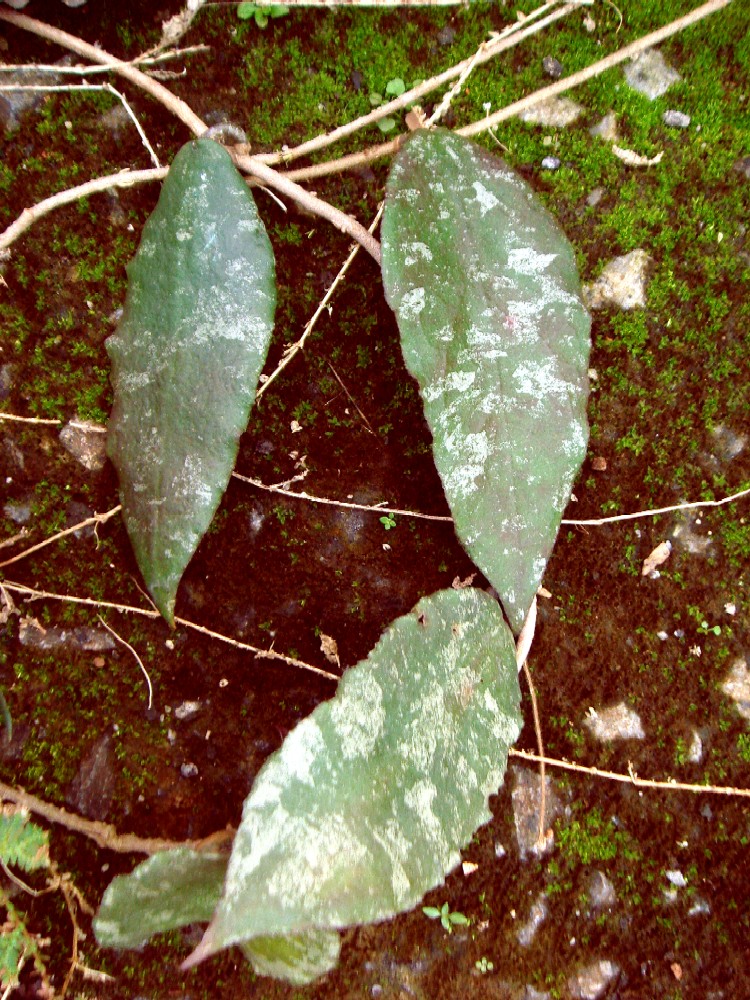
Hoya caudata is another Hoya species that is grown for its attractive leaves. However, it seldom flowers in Singapore.
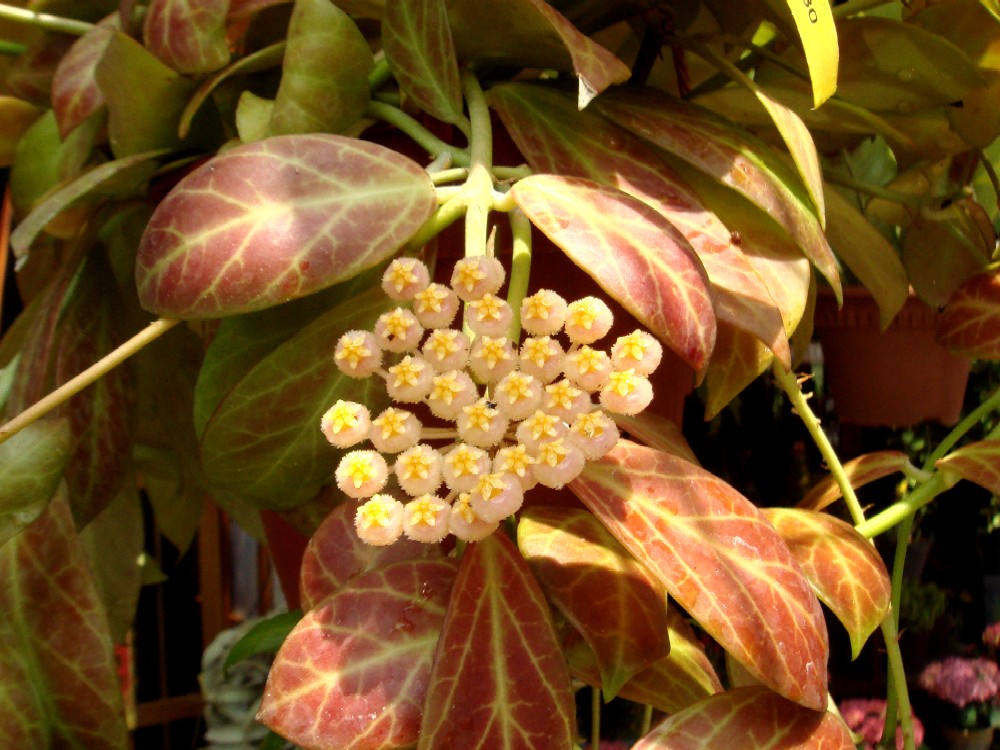
Hoya_obscura take on an attractive, intense red colour when grown under direct sunshine.
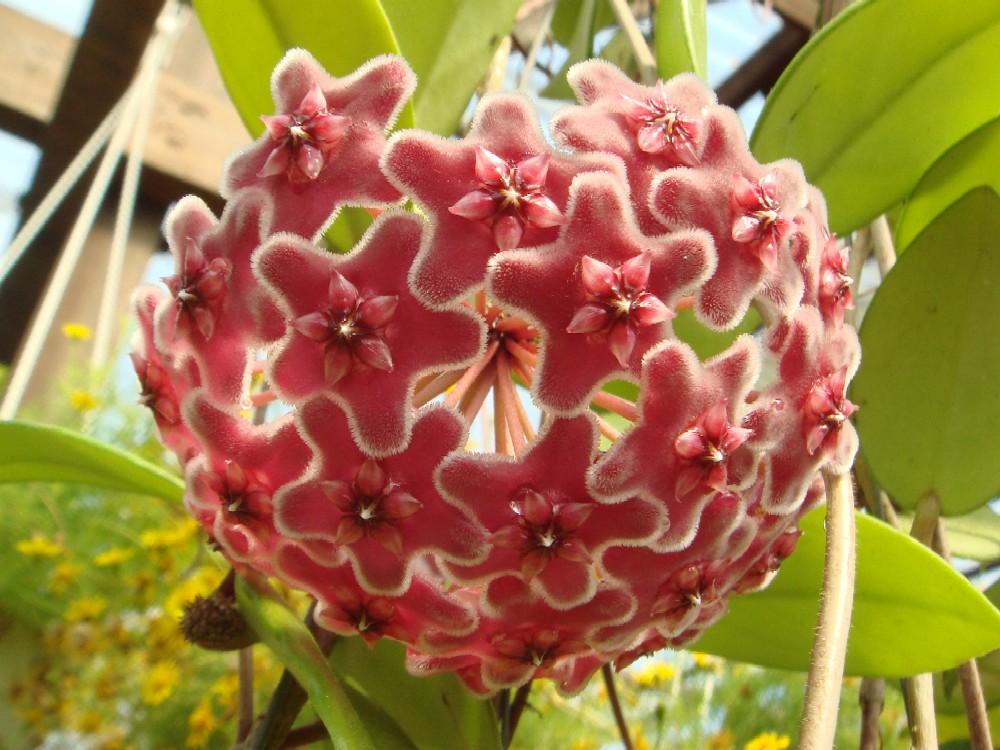
Have views or comments on this article? Let us know via this form. If you would like to give us feedback on any other areas relating to our parks and gardens, please submit via https://www.nparks.gov.sg/feedback


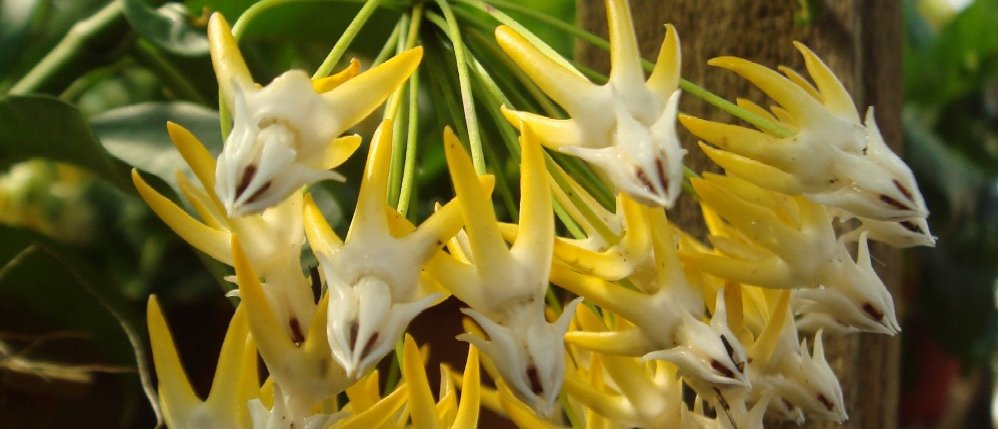
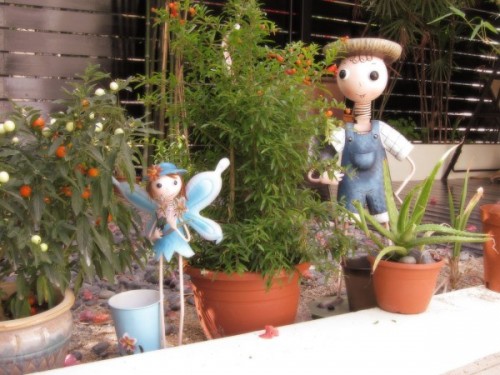
elaine 4/16/2010 8:12:40 AM